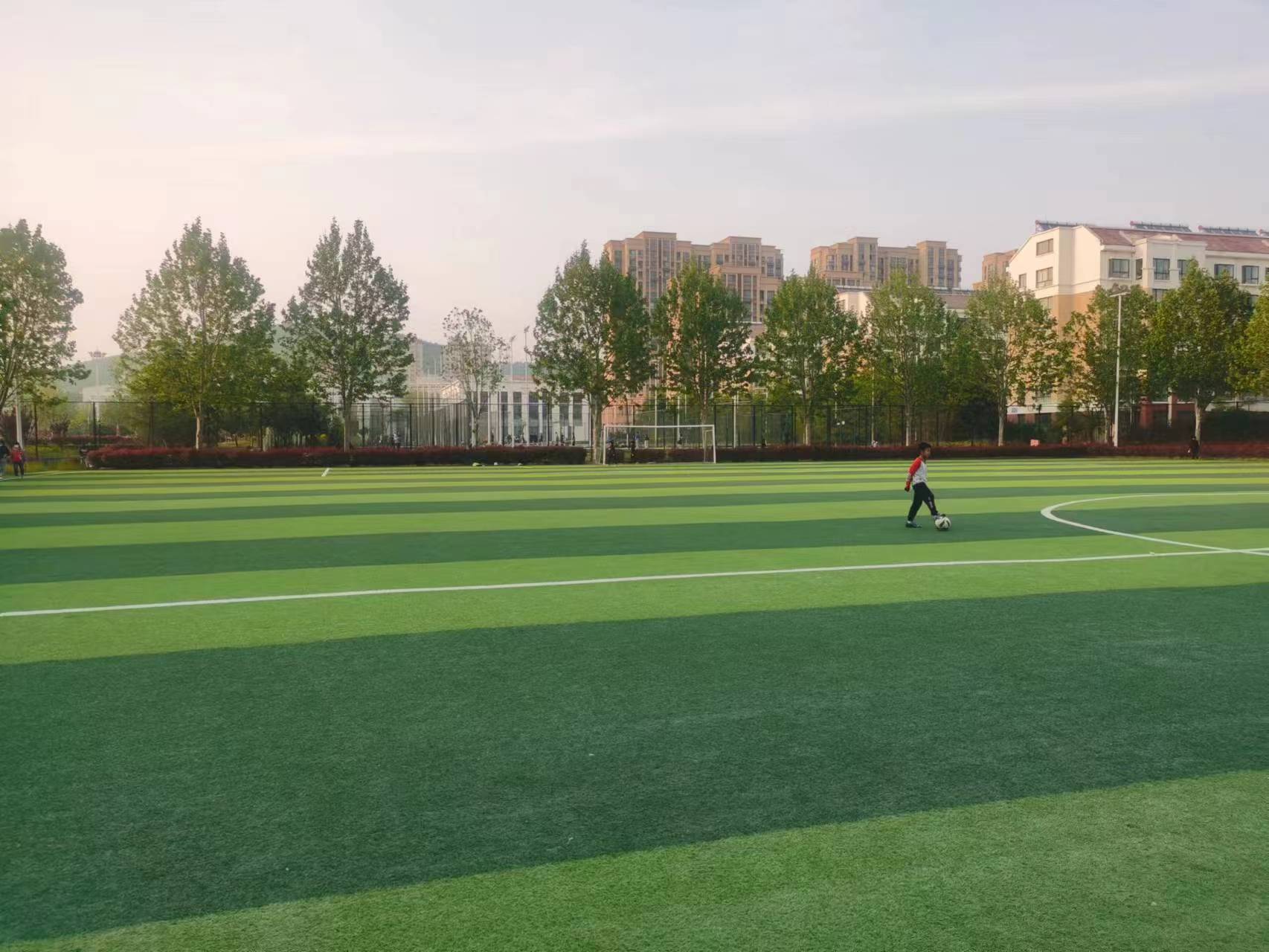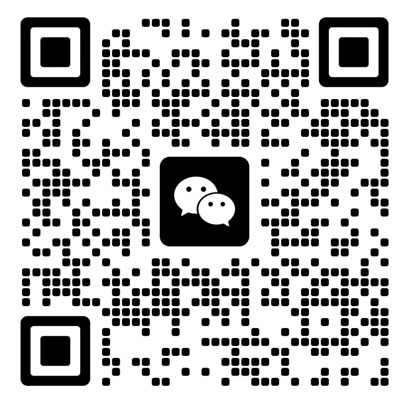How to choose an artificial lawn? How to maintain artificial lawns?
How to Choose Artificial Lawn
1. Observe the shape of the grass thread:
There are many types of grass silk, such as U-shaped, M-shaped, diamond shaped, with or without stems, etc. The wider the width of the grass, the more materials are used. If the grass thread is added with a stem, it indicates that the upright type and resilience are better. Of course, the higher the cost. The price of this type of lawn is usually quite expensive. The consistent, smooth, and free flowing flow of grass fibers indicates good elasticity and toughness of the grass fibers.
2. Observe the bottom and back:
If the back of the lawn is black and looks a bit like linoleum, it is a universal styrene butadiene adhesive; If it’s green and looks like leather, then it’s a more high-end SPU backing adhesive. If the base fabric and adhesive appear relatively thick, it generally indicates that there are many materials used, and the quality is relatively good. If they appear thin, the quality is relatively poor. If the adhesive layer on the back is evenly distributed in thickness, with consistent color and no leakage of grass silk primary color, it indicates good quality; Uneven thickness, color difference, and leakage of grass silk primary color indicate relatively poor quality.
3. Touch Grass Silk Feel:
When people touch grass, they usually need to check whether the grass is soft or not, whether it feels comfortable or not, and feel that a soft and comfortable lawn is good. But in fact, on the contrary, a soft and comfortable lawn is the worse lawn. It should be noted that in daily use, lawns are stepped on with feet and rarely come into direct contact with the skin. Only hard grass fibers are strong and have great resilience and resilience, and they do not easily fall down or break off if stepped on for a long time. It is very easy to make grass silk soft, but it is very difficult to achieve straightness and high elasticity, which truly requires high technology and high cost.
4. Pulling Grass Silk to See Pullout Resistance:
The resistance to pulling out of lawns is one of the most important technical indicators of lawns, which can be measured roughly by pulling grass threads. Clamp a cluster of grass threads with your fingers and forcefully pull them out. Those that cannot be pulled out at all are generally the best; Sporadic ones have been pulled out, and the quality is also good; If more grass threads can be pulled out when the force is not strong, it is generally of poor quality. The SPU adhesive backing lawn should not be pulled out completely by adults with 80% of the force, while styrene butadiene can generally peel off a bit, which is the most visible quality difference between the two types of adhesive backing.
5. Testing the elasticity of grass thread pressing:
Place the lawn flat on the table and press it down with force using the palm of your hand. If the grass can rebound significantly and restore its original appearance after releasing the palm, it indicates that the grass has good elasticity and toughness, and the more obvious the better the quality; Press the lawn heavily with a heavy object for a few days or more, and then air it in the sun for two days to observe the strength of the lawn’s ability to restore its original appearance.
6. Peel the back:
Grab the lawn vertically with both hands and forcefully tear the back like paper. If it cannot be torn at all, it is definitely the best; Difficult to tear, better; Easy to tear, definitely not good. Generally, SPU adhesive can hardly tear under 80% force in adults; The degree to which styrene butadiene adhesive can tear is also a noticeable difference between the two types of adhesive.

Points to pay attention to when choosing artificial turf
1、 Raw materials
The raw materials for artificial lawns are mostly polyethylene (PE), polypropylene (PP), and nylon (PA).
1. Polyethylene (PE): It has a higher cost-effectiveness, a softer feel, and a more similar appearance and sports performance to natural grass. It is widely accepted by users and is currently the most widely used artificial grass fiber raw material in the market.
2. Polypropylene (PP): Grass fiber is relatively hard, and simple fiber is generally suitable for use in tennis courts, playgrounds, runways, or decorations. Its wear resistance is slightly worse than polyethylene.
3. Nylon: is the earliest artificial grass fiber raw material and the best artificial lawn material, belonging to the first generation of artificial grass fibers. Nylon artificial turf is widely used in developed countries such as the United States, but in China, the quotation is relatively high and most customers cannot accept it.
2、 Bottom
1. Sulfurized wool PP woven bottom: Durable, with good anti-corrosion performance, good adhesion to glue and grass thread, easy to secure, and priced three times higher than PP woven parts.
2. PP woven bottom: average performance with weak binding force. Glass Qianwei Bottom (Grid Bottom): Using materials such as glass fiber is helpful in increasing the strength of the bottom and the binding force of grass fibers.

Post time: May-17-2023








